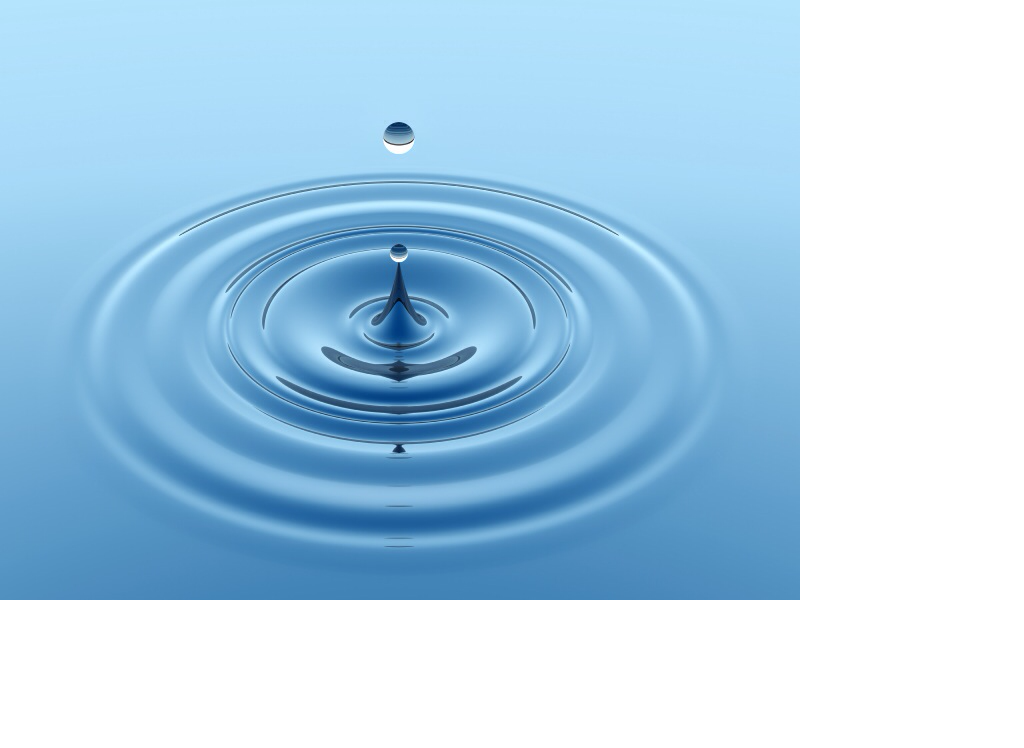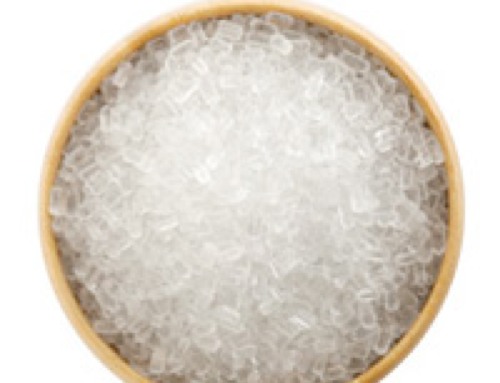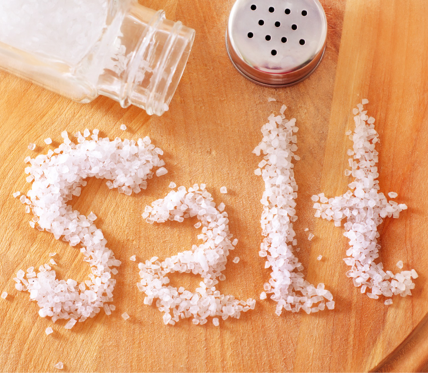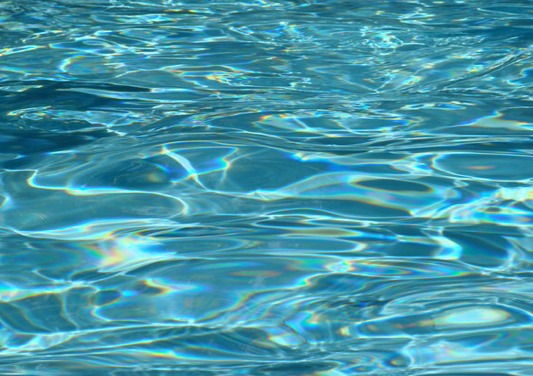Sign up for FlowVella
Sign up with FacebookAlready have an account? Sign in now
By registering you are agreeing to our
Terms of Service
Loading Flow





18. Water makes up 60-80% of the volume of most living cells. Water has a high heat capacity which means it absorbs and releases large amounts of heat before changing appreciably in temperature itself. This prevents sudden changes in temperature caused by external factors, such as sun or wind exposure, or by internal conditions that release heat rapidly, such as muscle activity. Water redistributes heat among bod tissues as part of blood, ensuring temperature homeostasis. It also has a high heat of vaporization. When water evaporates/vaporizes, it changes from a liquid to a gas. This requires that large amounts of heat be absorbed to break the hydrogen bonds that hold water molecules together. It can be very beneficial when we sweat.
Salts also play a vital role in the way the body functions. Many salts are the calcium phosphates that make bones and teeth hard. The electrolyte properties of sodium and potassium ions are essential for nerve impulse transmission and muscle contraction. Ionic iron forms part of the hemoglobin molecules that transport oxygen within red blood cells, and zinc and copper ions are important to the activity of some enzymes.